Follow these 4 easy steps for better butterfly photography
Qasim Syed gives advice for macro photography and how to experience a bug's life with your camera
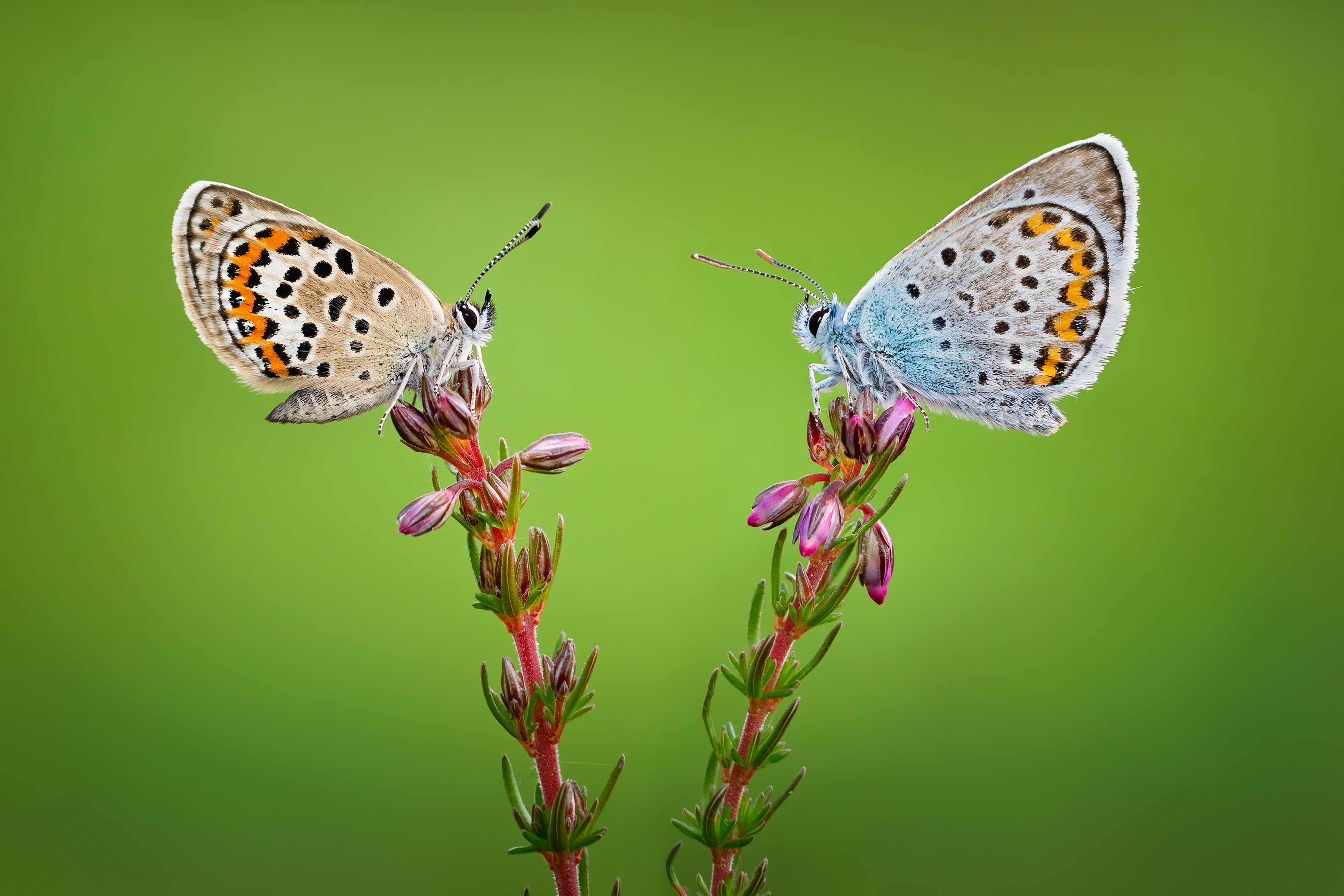
Wildlife and nature in and around London have been under my lens for about eight years. One of the best tips I can give is to diversify your subjects and have a toolbox of skills. Macro photography is very accessible: you can do it any time of the year, and you don’t need to go far. You don’t need the fanciest lenses or camera gear either, although the best macro lenses might help.
Butterflies and Odonata (such as dragonflies) over spring and summer, fungi over winter: these have given me opportunities to photograph nature all year round. The challenge with nature macro photography is that to get the best light or to get closest to your subject, you need to go during the golden hour, at dusk or dawn.
• 5 things to know before buying a macro lens
The subjects can be hidden deep within undergrowth, and have distracting objects close and around them. This is where focus-stacking comes in. It is the technique of taking a series of image ‘slices’ at different focal distances and ‘pancaking’ them together using software. This means you can shoot wide-open (more light, less noise), pick the sharpest aperture of your lens, and select which parts of the image are in or out of focus.
Cameras now often come with a focus-bracketing option – just click once and it will capture the images for you. Even better, some offer the ability to auto-stack these images into a JPEG within the camera.
Qasim's top tips for shooting insects
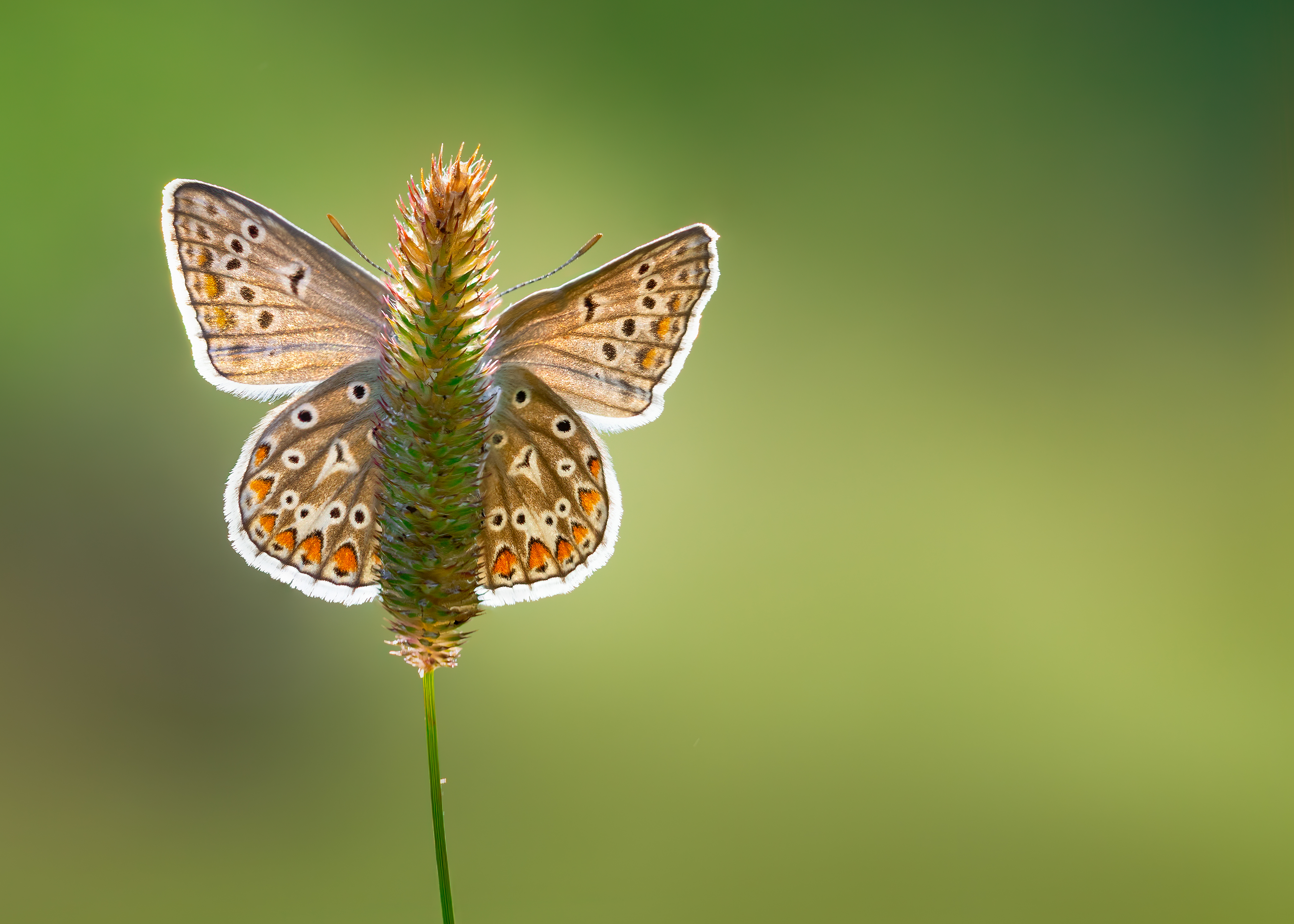
1. Know your subjects
In any genre of photography, you really need to know at least the basics of the subject you choose to photograph, in order get better shots. This common blue butterfly, for example, opens its wings with the setting sun. Predicting this behavior, I was already poised with my camera set and steady. Invertebrates are sluggish and slow in the cold, so you can get very close!
• Best camera for macro photography in 2022
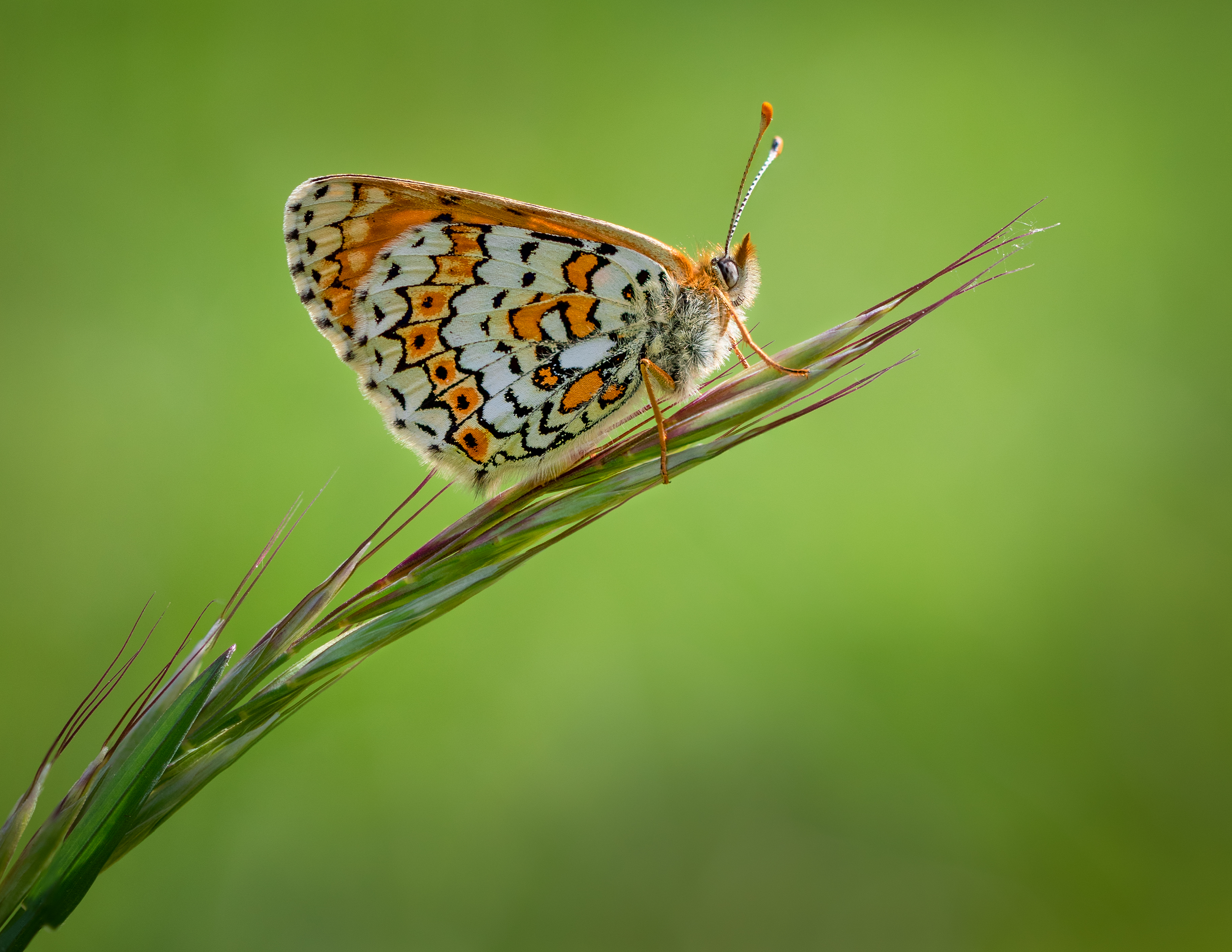
2. Travel light
Learn to shoot hand-held stacks early. There is not always a need for heavy gear, tripods and rails; just you and your camera. This image of a female Glanville fritillary was taken midday, when it was most active. It landed for a few seconds, which is more than enough time to fire off a quick stack. If I’d had to set up my tripod, I would’ve missed the opportunity to get the shot.
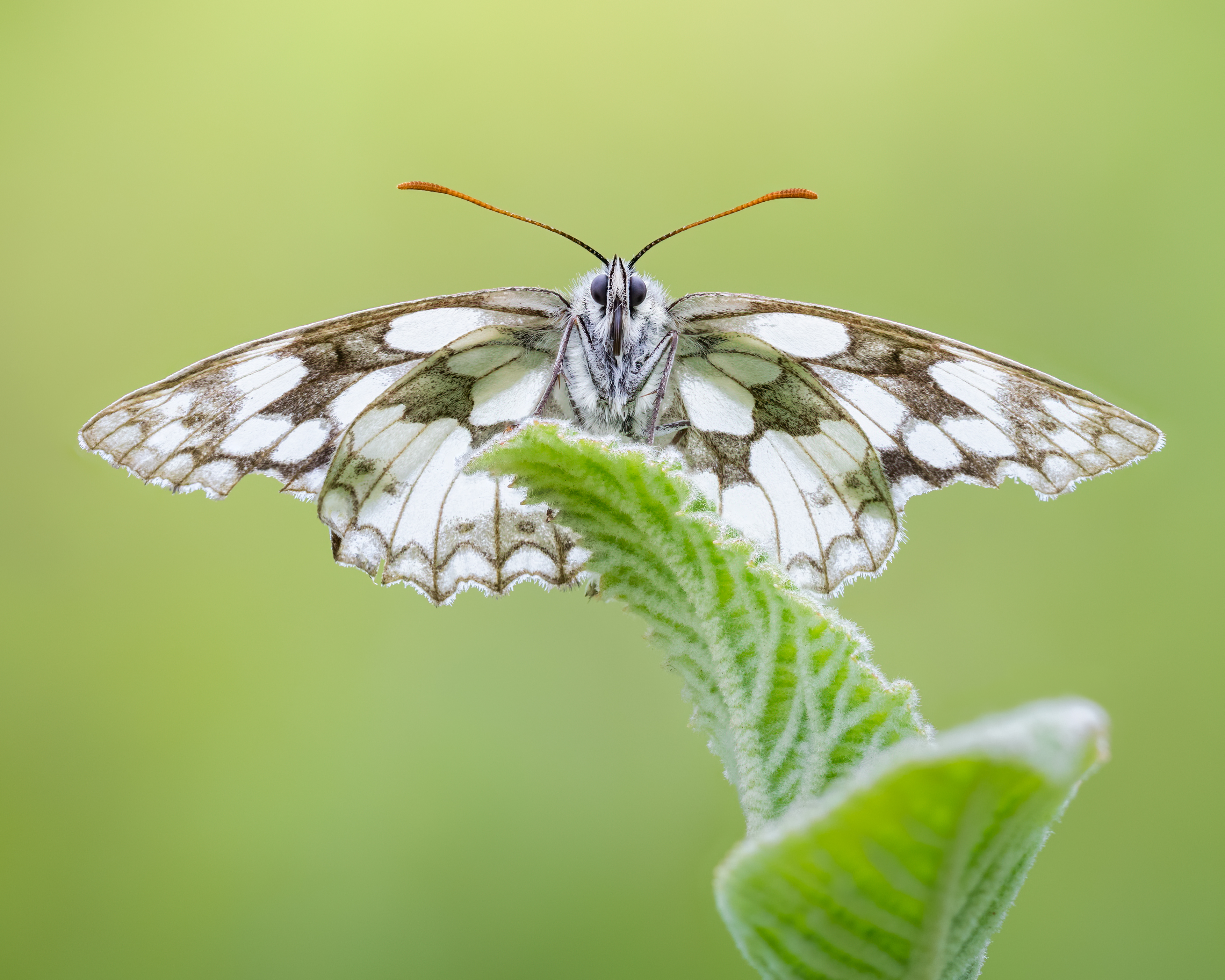
3. There are no ‘perfect settings’
Camera settings will have to be different for each scenario and composition. As a guide, though, I typically shoot with an aperture of about f/4.5, and aim for a set of 8-10 images. For me, the shutter speed is always at least twice the focal length of the lens (so 105mm means 1/250 sec) and I try to keep the ISO as low as possible within these settings.
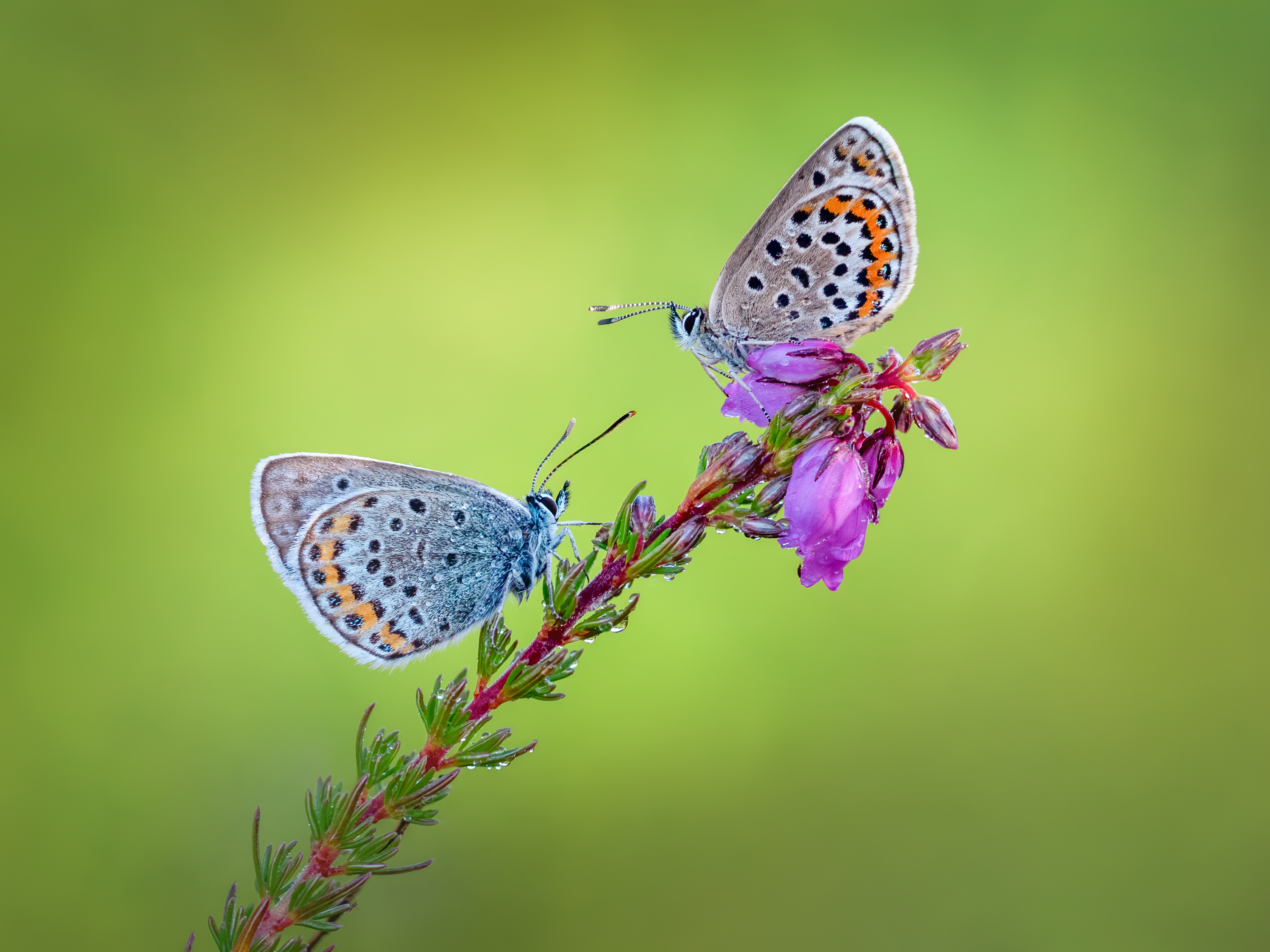
4. Use specialist software
To get the best out of your focus stacks, export the raw files to specialist software that will do all the hard work for you. Helicon and Zerene are two popular apps, each with free trials. You can, of course, also stack your images via Adobe Photoshop: open the shots, then go to File > Scripts > Load Files into Stack. This loads all the as layers within a single document, ready to work on.
Read more:
Take incredible insect photos with cheap extension tubes
Stunning iPhone Macro Challenge winners show magic of close-up photography
Best ringflash for macro photography in 2022
Get the Digital Camera World Newsletter
The best camera deals, reviews, product advice, and unmissable photography news, direct to your inbox!
Digital Camera World is one of the leading authorities on camera and photography news, reviews, techniques, tutorials, comparisons, deals and industry analysis. The site doesn't just specialize in cameras, but all aspects of photography, videography and imaging – including camera phones, gimbals, lenses, lighting, editing software, filters, tripods, laptops, printers, photo books, desks, binoculars and more.
Whether you're using, looking to buy or trying to get the most out of a compact camera, action camera, camera drone, cinema camera, beginner camera or professional camera, Digital Camera World has a roster of experts with combined experience of over 100 years when it comes to cameras, photography and imaging.

